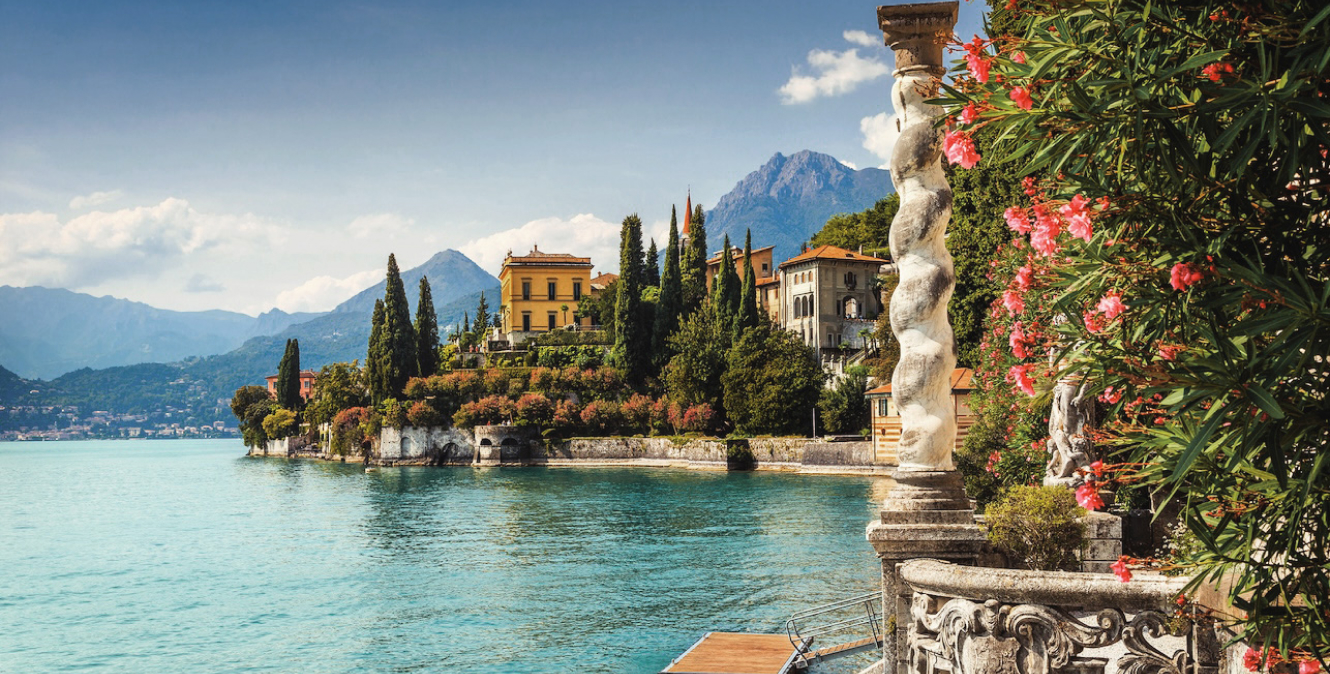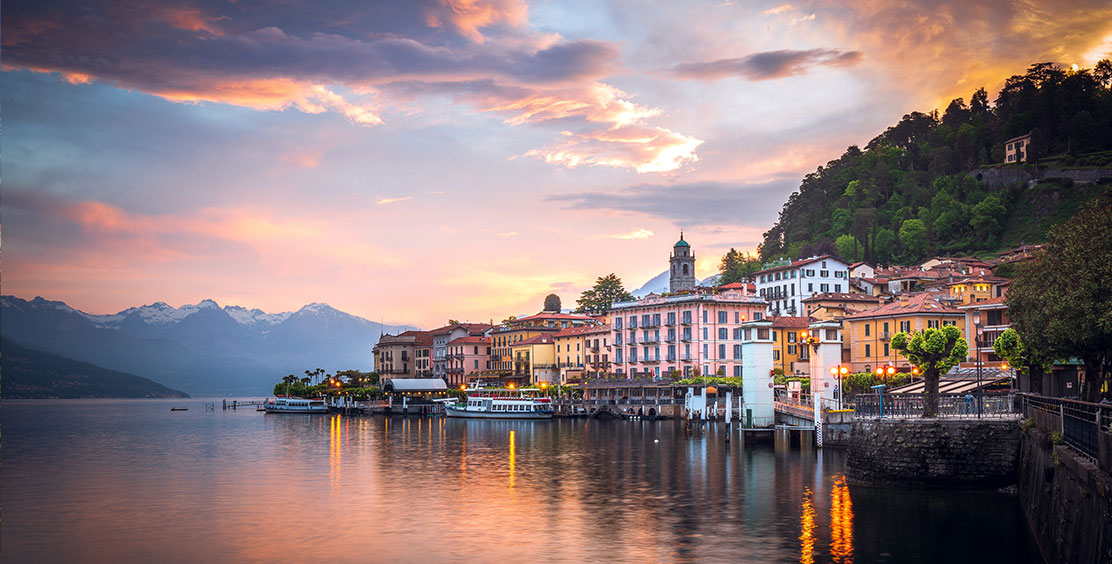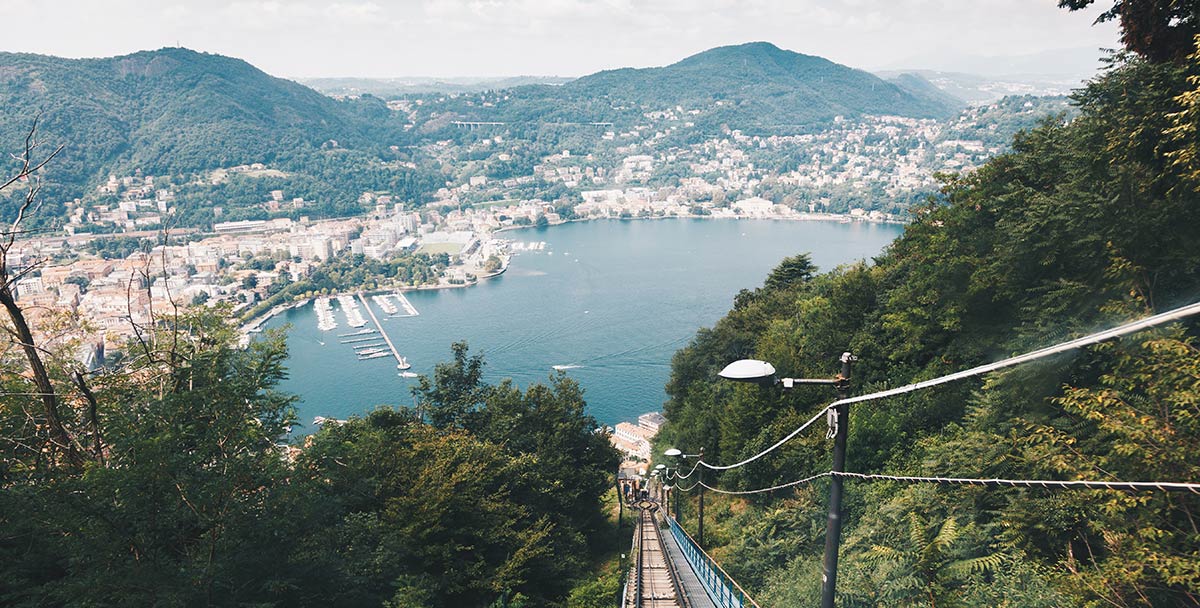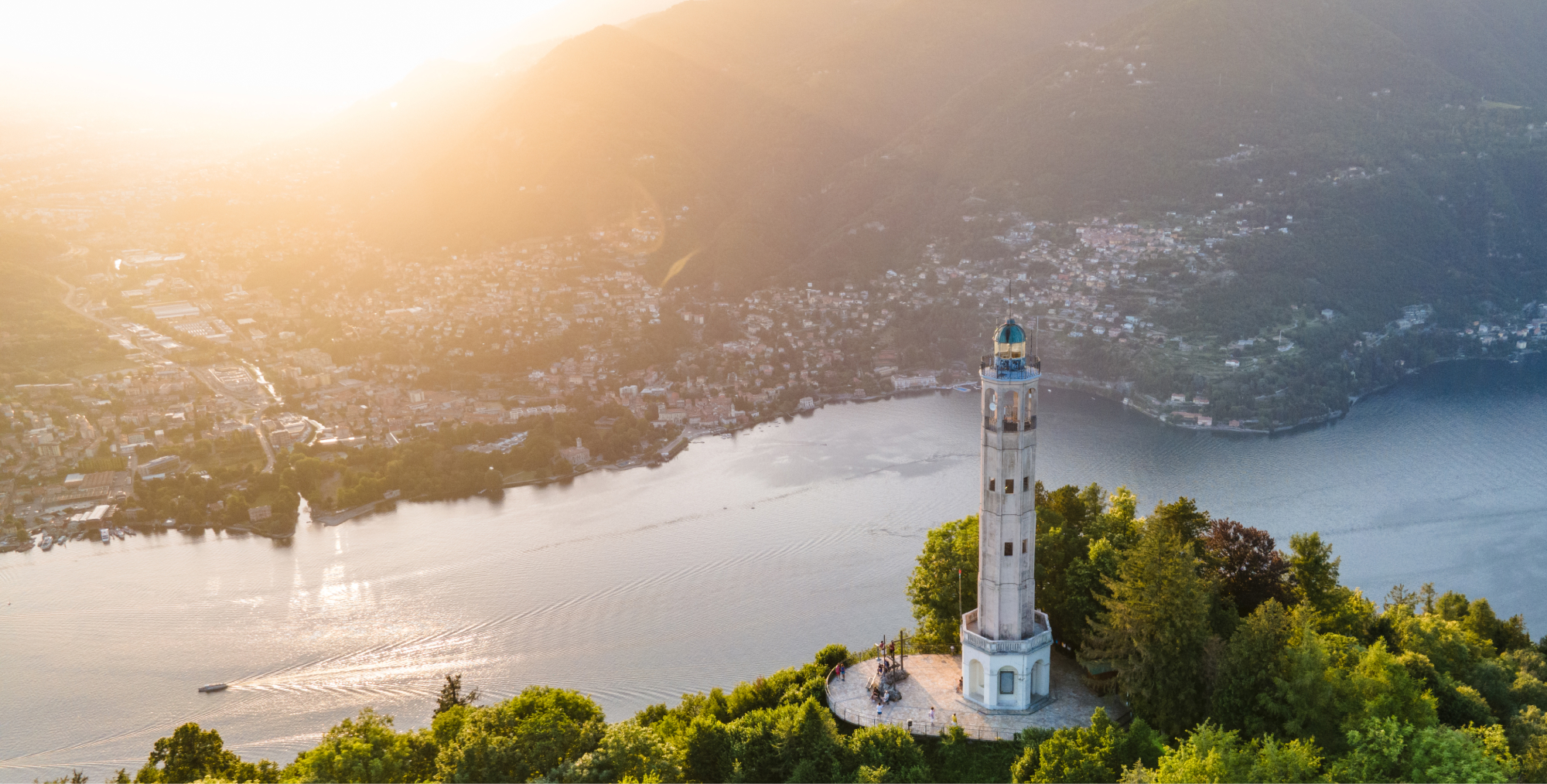Just north of Milan their historic rivalry re-enacted each year at the Palio del Baradello festival Como developed under medieval nobles. It became part of Italy after 1859, when Giuseppe Garibaldi forced the Austrians out in a nearby battle, as illustrated at Como’s Garibaldi Museum. Also of note is the Tempio Voltiano, a museum dedicated to locally born scientist Alessandro Volta, an early pioneer ofelectricity. Commemorating his chievements, a contemporary statue by Daniel Libeskind, Life Electric, stands at the end of the Diga Foranea pier, jutting out into Lake Como. Show more



